Composting, Fertilizing, and Pruning — Oh, My!
Spring weather brings out the green thumbs, or thumbs wanting to be green if you live in Alberta. (Hey, snow, you can go away anytime now!) So, while we all await our visits to plant nurseries and garden centres, here are a few ideas to put a little spring in your step and keep you busy outside!
Fertilizing
If you’re anything like us, you're probably looking at your lawn all covered in leaves and leftover fall debris and wondering where to begin. Before you go ahead and compost all of that organic material, save some for your flower beds! When mixed in with soil, tree leaves and small debris like twigs and bark will break down and add vital nutrients required for healthy soils. If you have an overabundance, mix in what you’re able to and compost the rest. Nothing helps to liven up your old trees like organic materials mixed into the soil around the base!
We are often asked about tree and shrub fertilizing — mostly what kind, when, and how? Firstly, avoid fertilizing too early! When you begin fertilizing, days and nights should be warm, and your trees should be starting to leaf out. This is when you can be sure the fertilizer will be soaked up by the root system and utilized by the plant. Compost is an excellent fertilizer, worm castings are a great way to add nutrients back into soils, and you can even hire a tree service to come in and inject a synthetic fertilizer into the root systems, which is an especially great option for older, more mature trees.
Composting
If you are planning on creating new flower beds or replenishing older ones, you’ll require a high-quality top soil, and this is your opportunity to use the nutrient-dense compost created from your leftover leaves and tree debris! Mixed-wood, organic mulch will act as your icing on the cake, as it should be applied directly on top of the soil/compost layer. Avoid using landscape fabric.
Pruning
Not sure when to prune? Some general rules of thumb to follow are:
Fruit-bearing trees should be pruned in the winter or early spring prior to flowering out.
All species of birch and maple trees should be pruned when they are in full leaf — not leafing out — but full leaf!
Trees that have black not fungus, such as Schubert Chokecherries and Maydays, are best pruned in the winter while the fungus is also dormant.
Conifers should be pruned in the winter!
Most other plants, like Green Ash, Aspen, Poplar, Lilacs, and the majority of shrubs, can be pruned at any time of year.
If your yard has already been cleared of debris or creating your own compost isn’t an option, we are fully-stocked with plenty of organic mulch and compost! Visit us to shop in person on or after opening day, Friday, April 30, 2021!
Have questions about your plants and trees? Feel free to give us a call or send us a message – we are happy to help!


